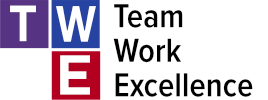|
Episode Summary: Join Tim Sweet and Anna Morgan, founder of CAREERBFF, as they share invaluable insights on career resilience and success. From battling imposter syndrome to building a robust career insurance plan, discover transformative strategies for your professional journey. Learn the importance of radical self-care, honesty, and seeking help. With analogies to yoga and personal anecdotes, Anna empowers you to take control of your career trajectory. Don't miss out on this empowering conversation that's sure to inspire you to take control of your career journey.
Episode Summary: In this insightful episode, Tim Sweet and Jagroop Chhina, founder of Psy Spark Strategies, delve into the importance of attention in today's digital landscape. They discuss crafting impactful content, building an audience, and personal branding strategies. Chhina's expertise in psychology and business shines as they explore practical steps for content creation and audience engagement, encouraging listeners to share their knowledge for collective growth. Tune in for valuable insights on navigating the realm of content creation and establishing a strong personal brand.
Episode Summary: In this episode, Tim Sweet and Erin Ashbacher, a Senior Health Advisor, explore the crucial link between health and leadership. Erin advocates for small, consistent lifestyle changes, dispelling the notion that self-care is a luxury. They challenge common health excuses, emphasizing the ongoing nature of well-being. Erin's expertise highlights personalized fitness and a positive mindset for sustained success, urging leaders to prioritize mental and physical health.
Episode Summary: In this episode, Tim Sweet engages Teresa Waddington, an industry leader transforming her dad's oil patch into her daughter's energy garden. This dynamic conversation delves into profitability, sustainability, and the complexities of the energy transition. Teresa's multifaceted leadership, shaped by engineering and diverse experiences, emphasizes authenticity, vulnerability, and collaboration. Insights on meritocracy, self-discovery, and the significance of LNG in the energy landscape are shared. The episode underscores the power of diverse perspectives in driving transformative change within the energy sector.
Episode Summary: In this episode of the Sweet on Leadership podcast, Tim Sweet engages in a dynamic conversation with Richard Young, a seasoned expert in high-performance sports. They explore the crucial distinction between hope and knowing, emphasizing the significance of evidence and conviction in achieving sustained success. Richard delves into his experience working with Olympic medalists, drawing parallels between sports and business leadership. The episode highlights the importance of simplicity, alignment, and well-being, offering insights into building high-performing teams.
Sudden shifts in government focus and policy are nothing new - but they, like all unforeseen challenges, can cause teams to react, and often this brings panic. A sudden policy shift in Canada is shaking many universities’ ability to maintain a diverse and vibrant international community. In an election year, our government has decided to cut international student permits by about 35% to stabilize growth. As a result, we're facing unique challenges head-on. This move, aimed at managing international student growth and easing pressures on available housing, has profound implications. While there is a benefit to ensuring a reputation for Canadian academic excellence is protected by unscrupulous schools, our reputable institutions may be caught in the crossfire. Our universities and polytechnics that have long benefited from the cultural and fiscal influx of a diverse student body now find routine enrollment strategies create major strategic hurdles. This will have far-reaching implications for Canadian higher education and its place on resumes abroad. The challenge extends beyond visa student reduction, encompassing complex layers like new entry rules, changes to know regulatory mechanisms, competitive responses from other countries or alternative schooling, loss of an accepted if not expected educational route for many families, and shifting student perceptions. The effect will be complex and alter both the global and local educational landscape. And why? Besides the practical educational and community motives - there is undoubtedly a political game here. Some politicians are playing to a base of voters who are critical of the ease of entry a student visa provides and fearful of the impact of immigration. There are obvious racial and nationalistic undertones. As such, the move is not only disruptively swift but polarizing in an increasingly polarized society. This move may unwittingly pit educational institutions against each other, and the very communities they serve. In navigating these policy shifts, our guiding principle is to lead calmly and openly, ensuring that every decision we make is built on a foundation of 'inclusive trust'. To maintain trust we must demonstrate rigorous logic, show up honestly and authentically, and demonstrate empathy for our colleagues and stakeholders. The Leadership Impact: Facing the extrinsic challenge of reducing international student permits requires a calm and measured approach that preserves community, justice, academic excellence, and efficiency. In the face of what could be described as a crisis, academic leadership must maintain a rational and structured decision-making process. It is important to take an approach ensuring schools can navigate these complex times effectively, safeguarding our institutions' long-term health and success. Teams need options and optimism. All change can be good - and the chance to emerge even stronger than before - but this requires shared intent. The Decision Quality Framework: An effective methodical approach to decision-making is vital. Where emotions are high, it benefits us to double down on logic. One logic-focused tool is employing a Decision Quality framework. They can come in several flavours, but in general these models guide us through a process of setting shared goals, exploring alternatives, collecting data, clarifying values and trade-offs, applying logical reasoning, and committing to action. Structures that help us see context help put emotion in its place - as one contributing factor. Don’t let emotion drive the bus. It's critical to embrace scenario planning, especially when data is scarce. Collective insights, early signal detection, and modelling help us navigate these uncertainties, highlighting the importance of preparedness over data reliance. When change triggers a strategic decision, the value of that decision is high… the potential for fear to cut and scar an organization is high. The antidote to fear is knowledge - and providing a frame so that everyone can consume that knowledge contextually leads to a shared understanding of the problem and solution. The Decision Quality model identifies six elements essential for making important, strategic, high-quality decisions:
Decision-Making Under Duress: Calling for calm, rationality, openness and logic in a crisis can be met with scoffs by those who feel alone. They will tell you they have no voice, no choice, and few options. We must bring them into the fold. Navigating divergent opinions on such impactful decisions demands a focus on maintaining healthy working relationships. The journey towards a decision is as critical as the outcome. Embracing openness, trust, and understanding is key to constructively managing these disagreements. It's crucial to recognize that even well-considered decisions in scenarios with no perfect solutions. The situation is fluid, and variables are unknown. Calm, deliberate leadership is essential in these situations, encouraging thoughtful decision-making and fostering an environment where discussion prevails over panic. Universities are now choosing between various less-than-optimal options, each with its own set of risks. But change is inevitable. So, if we’re going to act, we must squeeze as much value out of the situation as possible. Never waste a good crisis. Responding to the challenge of reduced international student permits necessitates a rational decision-making approach because hasty, emotion-driven decisions can be risky. Risks of Irrational Decision-Making:
The Communication Risk: Open and clear communication is vital during crises where the details are fuzzy. Sharing what we know fosters informed decision-making, ensuring no valuable insight is overlooked. In the context of leadership and business, communication risks can significantly impact an organization's effectiveness, reputation, and relationships. Here are some key aspects of communication risks:
Managing communication risks involves clear, consistent, and culturally sensitive messaging, using appropriate channels, and ensuring feedback mechanisms are in place. You may be faced with a nebulous future while waiting for details to emerge - don’t add to the static with sloppy communication. Behaviours that Maintain Rationality: When an institution is rocked at a strategic level, no one is unaffected - and everyone has a role to play. Capturing individual insights early is key to avoiding groupthink and expanding the range of potential solutions by considering diverse perspectives. We may have had the luxury of tolerating less-than-ideal behaviour before… when a crisis is upon us, that luxury evaporates. Your university leaders should get together and reassert a few key expectations among themselves:
Conclusion: While facing the challenge of reduced international student permits, maintaining a rational and structured decision-making process is essential. This approach ensures we can navigate these complex times effectively, safeguarding our institutions' long-term health and success. If you take one thing away from this article, let it be that preserving “inclusive trust” among your leaders in times of turmoil is far more effective than attempting to rebuild trust after the threat has passed. When faced with a sudden nebulous threat, calm, welcoming dialogue and collaborative planning can tie our individual perspectives together to create clear choices. This gives the entire team a feeling of representation, support and agency - and this can carry them through until we finally deploy the best decision and once again find stability. Ultimately, your way forward may not be how they or you envisioned it… but you will all know it is the best decision you can take.
Episode Summary: In today's episode, Tim dives into the inspiring story of Ryan and Shane Pegg, a father-son duo who prove that age is just a number when it comes to courage and curiosity. The discussion explores entrepreneurship, creativity, and leadership, spanning Ryan's insights from the Inventures conference, where he met Tim, to Shane's experiences in fostering creativity. The episode emphasizes creating a fearless exploration environment, showcasing shared values of generational learning, collaboration, and the belief that success transcends age. It delves into parenting, resilience, and continuous learning, highlighting the importance of mistakes, positive encouragement, and challenging self-limiting beliefs.
Episode Summary: In this dynamic episode, Tim Sweet and Elayna Snyder discuss the transformative impact of understanding one's unique perspective in marketing and leadership. Elayna challenges personal branding misconceptions, urging authenticity and unlocking creativity. They explore translating the heart into diverse contexts, the role of "guardrails" in communication, and the significance of validating experiences. Elayna introduces an insight timeline, guiding listeners toward personal and professional growth. Additionally, Elayna introduces her upcoming creativity tracker and leaves listeners with the thought-provoking question, "What if it were easy?"
In a world that often conflates seriousness with professionalism, the concept of play might seem like an unwelcome guest in the boardroom. Yet, as we navigate the complex landscape of today's workplace, the integration of play into our professional lives emerges not just as a refreshing escape but as a critical strategy for fostering collaboration, creativity, and transformational leadership. The Foundation of Play: Play is often seen as the antithesis of work, relegated to the domain of children and leisure activities. However, in my 25 years of working with leaders across the spectrum, I've witnessed firsthand the power of play (as an unconstrained creative exercise) as a precursor to deep, meaningful collaboration. Play, in its essence, is about exploration, experimentation, and the freedom to fail and learn. It's these very qualities that lie at the heart of innovative thinking and problem-solving in the business world. Play is our brain's favourite way of learning. – Diane Ackerman By embracing play, we allow ourselves and our teams to break free from the constraints of conventional thinking, enabling a flow of ideas that can lead to unexpected solutions and breakthroughs. The act of playing together, whether through team-building exercises, creative brainstorming sessions, or simply more informal, playful interactions, can knit teams closer, breaking down barriers and fostering a sense of unity and purpose. The Folly of Taking Ourselves Too Seriously: Taking oneself too seriously can be a significant barrier to growth and collaboration. When we're too focused on maintaining a certain image or status, we close off avenues of open communication and risk-taking that are vital for innovation. The fear of appearing foolish or making mistakes can stifle our willingness to venture into the unknown or propose unconventional ideas. I had one leader who introduced me to the term “Wearing A Busy Button” which still perfectly coins a toxic behaviour we see in many workplaces - the projection of a serious face, and storming from place to place, lest we convey that we might actually be enjoying our day rather than suffering for the company.
When stress becomes a normalized aspect of the workplace, it can lead to significant issues in several key organizational areas:
Pursuing joy in the workplace is important for the well-being of employees and for the overall health and success of organizations. Play reminds us that we’re human - and that carries real savings and quality implications. Life is too important to be taken seriously. – Oscar Wilde 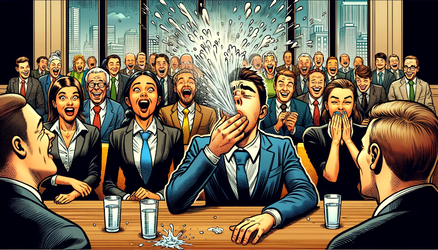 Once upon a time, I was hired to facilitate a team reset session where silos and defensiveness were the norm. The CEO called me grappling with a longstanding, rigid atmosphere and was eager for a breakthrough. Work was just no fun. You can't start with blame or shame, so instead, I shook things up. We ditched traditional development sessions for a figurative sandbox. The task? Delve into a case study of a completely different industry. This shift unlocked their creativity – suddenly, they were bursting with ideas, demonstrating how 'impossible' tasks could actually be tackled with ease. After an hour, they had proudly crafted a robust list of strategies and behaviours for this make-believe company – a plan they believed was a surefire path to success. Then, the twist: I challenged them, "If these are company X's winning moves, why aren't we playing them?" The room froze. A mix of emotions – from irritation to sheepish grins – surfaced. Then, an unexpected moment broke the ice: one participant's nervous giggle turned into a relentless bout of hiccups, culminating in a hilarious, water-spouting incident when someone passed them a glass of water as a cure. The room erupted into genuine, unguarded laughter. This shared moment of humour melted away the barriers, and they unanimously agreed: It was time to take their own sage advice. That spit-take was a breakthrough. It marked a turning point; they've been on an unstoppable upward trajectory ever since. In my experience, the most effective leaders are those who can laugh at themselves, who can embrace their vulnerabilities and encourage others to do the same. This not only humanizes them but also builds trust and openness within their teams. When leaders demonstrate that it's okay to take risks, make mistakes, and learn from them, they create an environment where collaboration thrives. You can discover more about a person in an hour of play than in a year of conversation. – Plato Play as a Strategy for Leadership and Collaboration: Integrating play into the fabric of our professional lives doesn't mean we disregard the seriousness of our work. On the contrary, it means we approach our challenges with a mindset that values creativity, flexibility, and joy in the process of problem-solving.
Action Points for Leaders:
The creation of something new is not accomplished by the intellect but by the play instinct. – Carl Jung In conclusion, as we strive for excellence in leadership and seek to build teams that are resilient, innovative, and collaborative, let's not underestimate the value of play. Serious fun isn't just an oxymoron; it's a powerful tool in our arsenal to unlock the full potential of our teams and lead with authenticity, creativity, and joy.
Remember, the essence of play is not about the activity itself but the spirit we bring to it. Let's embrace the transformative power of play and lead our teams to new heights of collaboration and innovation.
Episode Summary Discover the transformative power of poker with Erin Lydon, President of Poker Power, on episode 24 of Sweet on Leadership. Tim Sweet and Erin explore poker's universal application for building leadership skills like courage, boldness, negotiation, and resilience. From Wall Street to startup leadership, Erin shares insights on inclusive leadership and actionable strategies for personal and professional growth. Uncover how the dynamic world of poker shapes confident and decisive leaders in this engaging episode.
Episode Summary
In a riveting Sweet on Leadership episode, Tim discusses vulnerability and emotional strength with Hanne, an entrepreneur reshaping narratives. Hanne's journey, from overcoming depression to defying corporate norms, unfolds, highlighting the importance of embracing emotions and challenging societal expectations. The episode explores authenticity, mental health, and philanthropy. This conversation illuminates the transformative power of vulnerability and genuine human connection in both personal and professional spheres. Step into Success with TWE: Navigating the Journey from Personal Insight to Professional Excellence12/14/2023
Embracing Transformation As we stand at the threshold of a new year, we find ourselves naturally at a point of deep reflection. This period, often marked by a yearning for change and rejuvenation, challenges us to consider our handling of life - and life’s handling of us. Rather than merely from the trials of the past year, we can choose to be intentional and infuse our start to the new year with an eye for making the next year a growth experience. Let’s talk about some elements that make that pursuit more productive. A Calibrated Self-Worth and Willingness to Invest in Personal Care In our pursuit of personal and professional betterment, recognizing and nurturing self-worth is vital. This journey transcends simple physical health, encompassing a more profound, holistic sense of self-acceptance. Embracing self-care is a critical aspect of this journey, integral to sustainable personal development and leadership. It's about understanding and valuing our unique strengths and capabilities, fostering a well-rounded approach to our well-being. This strategy not only enhances our own lives but also positively impacts our ability to lead and inspire those around us, blending personal insight with professional excellence. Self-care is not a waste of time; self-care makes your use of time more sustainable. Indeed, when we invest in our health and maintenance, we see a remarkable impact on our self-esteem and confidence. About 70% of adults who consistently prioritize self-care report these benefits, underscoring the undeniable connection between self-care and self-worth. For further insights on the impact of self-care, explore "The Power of Valuing Your Team" on my blog. Finding Fluency in Yourself Articulating ourselves is something that we should be masters at, right? I mean we’re right here, in our own body. No one knows me better than me. Unfortunately people are pretty shit awful when it comes to getting clear about themselves, without help. The reason is, we’re not supposed to focus on ourselves too much. After all, that might mean we are selfish. Fluency of self is as much about permission as exploration. Both call for a profound understanding of your inherent identity, beliefs, style, strengths, values, and passions. Such self-knowledge is more than beneficial; it's crucial. It allows you to navigate life's path with authentic confidence and purpose, steering clear of the societal currents that often push us towards inauthenticity. This self-discovery empowers you to BE. And this can lead to a life well lived with integrity, and ease. A study reveals that people with a strong understanding of their personal strengths are 8.4 times more likely to have higher life satisfaction. – Source: Gallup Poll To delve deeper into self-awareness, "Balancing Instinct and Innovation In Executive Teams" on my blog offers valuable perspectives. Balancing Creativity and Control In the realm of personal and professional life, balancing creativity with control is essential. When coaching, I draw inspiration from Mihaly Csikszentmihalyi’s concept of flow, this balance is crucial for maintaining energy and focus. Too much creativity leads to chaos, while excessive control breeds stagnation. Understanding this interplay not only helps us comprehend how we get stuck, out of control, bored, or panicked, but it also assists us in deciphering when to apply different elements of our leadership. Self-aware leaders are 3 times more effective than those with low self-awareness. – Source: Harvard Business Review Understanding Our Place in the Universe In our professional and personal lives, understanding our role in the broader context is both grounding and empowering. Acknowledging that our actions, however small, are part of a larger narrative, we are faced with a choice: to live without direction (some give up completely and become nihilistic) or to embrace a purpose-driven existence despite we might in reality not be the centre of the universe and only hear for a flash. This realization, far from only being humbling, can inspire us to make impactful decisions, guiding us to lead with intention and influence in both our careers and personal lives, transforming every action into a meaningful contribution to the larger tapestry of life. Self-care is giving the world the best of you, instead of what’s left of you. - Katie Reed Personal Reflections and Letting Go The past year, I've realized the profound importance of letting go when taking control. Often, we equate becoming more with adding more we start from a place of deficiency. Instead we can focus on what matters - the answer frequently lies in minimalism, and releasing what no longer serves us. This understanding has reshaped my approach to both personal and professional realms, emphasizing that simplification and focus, rather than accumulation, lead to more meaningful and effective growth. There is no sense setting another sail if you haven’t addressed the dozens of anchors you’re dragging. Picture a scenario where you are content with all aspects of your life, both personal and professional. Now, if you were given just one hour left to live, what would be your choice of action? How would you spend your time during this last hour? Have your answer? Good. Now you can click this link for the second part of the exercise. (no cheating - you’ll only cheat yourself!)
Episode Summary
In this episode of Sweet on Leadership, Tim Sweet interviews Greta Ehlers, a passionate advocate for diabetes awareness and innovation. Greta shares her journey of living with type one diabetes since the age of nine and how it led her to become a prominent voice on social media. The episode explores the intersection of personal experiences, advocacy, and leadership in the context of diabetes. Tim highlights Greta's role in creating a supportive community, breaking taboos around topics like mental health and sex, and her current work in diabetes technology innovation. In the dynamic and often high-pressure world of STEM and academia, the success of teams and projects heavily depends on the individual contributions of each member. A common yet critical oversight many leaders face is failing to recognise and appreciate these invaluable contributions, especially from their most committed team members. This oversight can lead to a significant loss – both in terms of talent and morale. (Particularly in academia, this can become difficult when the way in which people contribute or judge productivity is linear but quite diverse - not simply coming from the business and productivity frame but having distinct outcomes with broader implications for humanity, truth, and justice, making it a multifaceted and nuanced endeavour). The Unnoticed Departure of a Valuable Team Member Imagine this: an essential contributor on your team decides to leave. This departure isn’t due to a lack of challenge or opportunity but rather because they don’t feel sufficiently seen, heard, valued or appreciated. As a leader, you might be grateful for their contributions and believe you’re expressing your gratitude, but if these feelings go unshared, they feel unnoticed. This scenario is more common than one might think, and it brings to light an essential question: Can you identify the indispensable individuals in your team? These are the ones who demonstrate your values, consistently deliver, innovate, mentor, and drive your endeavours forward. Recognising others is just the first step; the crucial part is developing a system and leadership practice of never taking them for granted and ensuring they know their worth and contribution to the team. This is for you, Leaders:
As you develop your system of recognition, you will be putting your money where your mouth is. After all, it’s not just enough to think it - you must ‘lead by example’. Set a precedent for appreciation and recognition within the team. When team members see leaders appreciating each other, they are more likely to do the same. Listen Up Non-Leader If you're not in a leadership position, you still play a vital role in fostering a culture of appreciation. Here are a few skills and actions that when applied authentically, can signal a step change in your leadership influence:
In the world of STEM and academia, where the focus is often on data and results, the human element can sometimes be overlooked. It’s important to remember that behind every successful outcome, project, discovery, or innovation, there are people dedicating their skills, time, and passion. Valuing these individuals not only enhances team morale but also drives better results, fosters innovation, and creates a more fulfilling work environment. Click on the image below for a quick reference guide I hope will assist you on your leadership journey: Are you curious about who the key players are on your team? Do you want to explore effective ways to show appreciation and foster a culture of recognition in your team? Let’s catch up over a coffee and discuss the strategies that can help you and your team thrive. Together, we can ensure that every member of your team feels valued and appreciated, paving the way for continued success and innovation in your field.
Episode Summary
In this episode of the "Sweet on Leadership" podcast, host Tim Sweet engages in a captivating conversation with Aaron McConnell, president of TransRockies Race Series. They explore Aaron's journey from a childhood fascination with mountain biking to becoming a trailblazer in organizing multi-day running and biking events. The discussion delves into the challenges, triumphs, and the essence of creating a career around one's passion.
Episode Summary
In this powerful episode, Tim talks with Debbie Potts of DAP VA Limited about her inspiring story of resilience. Debbie describes how she kept her dreams alive by keeping her anchor or north star in view at all times, even while adapting to remote work during the pandemic, battling ovarian cancer (twice!), and navigating the chaos of moving to a new country. Her tenacity, vulnerability, and never-ending positivity will both inspire and motivate any listener who needs encouragement to pursue their dreams without letting obstacles get in the way or define them.
Episode Summary
In this episode of the Sweet on Leadership Podcast, host Tim Sweet tackles the pressing issue of overcapacity among leaders and their teams. He highlights a significant gap in discussions surrounding employee engagement, with leaders often neglected in the conversation. Tim sheds light on the alarming statistics of burnout among engaged leaders, emphasizing the need for a sustainable approach to leadership. This episode is a must listen for any entrepreneur feeling overwhelmed, stuck, or stressed. Navigating Leadership Challenges: Unveiling the Impact of Individual Values and Personalities10/19/2023
Leadership challenges are a ubiquitous part of organizational dynamics, often stemming from the influence of individual values and personalities. These challenges can lead to conflicts, contentious decisions, and hindered progress. In this article, we will delve into the areas most susceptible to the influence of leaders' identities and beliefs and explore the extremes that may arise. Additionally, we will discuss how cultivating personal and group fluency can serve as a powerful antidote to address and overcome these challenges. The Fractured Social Contract: Historically, the professional realm operated on an implicit agreement: a linear path of long-term employment, loyalty to one's employer, and a clear separation between personal and professional lives. This social contract is facing challenges as younger generations, in particular, no longer adhere to these tenets. They seek fluidity, flexibility, and a sense of purpose from their professional pursuits. Demand for Work-Life Blend: Rather than balancing work and life as two separate entities, many now seek a blend, an integration that provides meaning and satisfaction on both fronts. This paradigm shift is rooted in an increased emphasis on individual well-being and the understanding that personal happiness can drive professional success. The Offshoring Consequence: The rise of remote work has underscored a pressing concern - the more employees detach from physical office spaces, the easier it becomes for companies to consider offshoring operations. While remote work offers employees flexibility, it also challenges businesses to weigh the benefits of local expertise against potential cost savings from offshoring. Many workers have yet to realize that by adopting a work from home existence, they have effectively made off-shoring a much more viable and ethical option for businesses. Redefining Human Rights in the Workplace: The conversation around work-life balance is not just about personal preference; it is about basic human rights. Every individual deserves the right to lead a fulfilling personal life without compromising their professional ambitions. This requires employers to adopt a more holistic view, understanding that employee well-being directly impacts organizational success. When values of diversity, equality or inclusion are threatened or violated we must respond with action. Culture - Defined by Tolerated Behaviors: The culture of a business is, invariably, defined by the worst behavior it's willing to tolerate (paraphrasing Gruenert and Whitaker). As employees demand better work environments and transparent values, companies must set clear behavioral expectations. This means actively addressing and rectifying behaviors that do not align with the company's stated values. The culture of any organization is, invariably, defined by the worst behavior it's willing to tolerate. The Empowerment Imperative: Companies, now more than ever, need to stand firm on their values. This involves not just passive adherence but aggressive defense and promotion of these values. When values are clear, actionable, and consistently upheld, they create an empowered workplace where individuals thrive. Action points to address conflicts and contentious decisions:
The evolving social contract around employment, intertwined with the complexities of navigating leadership challenges influenced by individual values and personalities, marks a critical inflection point in today's professional landscape. As the demand for a work-life blend establishes itself as the new norm, organizations must not only reassess their cultural foundations and re-evaluate offshoring decisions but also foster personal and group fluency. This involves understanding and aligning personal values with the organization's vision, championing open dialogue, embracing diversity and inclusion, and creating a culture rooted in trust. The evolving social contract around employment, intertwined with the complexities of navigating leadership challenges influenced by individual values and personalities, marks a critical inflection point in today's professional landscape. Lead into it. By actively owning and addressing these intertwined challenges and opportunities, leaders create an environment where their workforce is more engaged, satisfied, and productive. Such a holistic approach ensures that organizations can harness the collective strengths of their teams, drive innovation, and secure mutual growth and sustainable success in an ever-evolving business world.
Episode Summary
In this episode, Tim Sweet is joined by special guest Sarah Elder. Sarah is the director of strategic initiatives at a battery storage energy company called Enfinite and the founder of Prep Your Professional Designation (PYPD). Sarah shares her insights on productivity, focus, and the importance of effective task management. The conversation centers around the challenges of staying focused in a world filled with distractions and the impact of ADHD on productivity. Sarah emphasizes the critical step of capturing tasks efficiently and using a reliable system for organization. She also introduces Todoist, a task management app that she finds highly effective due to its easy capture features and flexibility.
Episode Summary
In this episode, Tim Sweet is joined once again by his cousin, Dave Sweet, an experienced investigator with a background in law enforcement. Dave is known for his expertise in conducting interviews and uncovering the truth. His passion lies in bridging the gap between investigative practices and leadership in various fields. If you're interested in leadership, fairness, and decision-making, this episode offers valuable insights and practical wisdom. Within leadership circles, the notion of servant leadership has achieved substantial recognition, marking a pivotal focus on leaders dedicating themselves to the needs and development of their teams. However, a critical discernment of its potential pitfalls is crucial, particularly for leaders embedded in academia and STEM organizations. Leaders, by understanding and addressing these warnings and fostering a balanced leadership interlacing self-care and personal progression, can optimize their leadership prowess in these dynamic environments. This opinion piece embarks on an exploration of the pertinent cautions surrounding servant leadership and presents practical strategies for leaders seeking to refine their leadership stance. Unearthing the Challenges of Servant Leadership: Digging into the thoughts of eminent thinkers in servant leadership like Larry C. Spears, Robert K. Greenleaf, James Dittmar, and Brene Brown, we uncover crucial insights into potential challenges. Spears (2010) underscores the need for leaders to strike a balance between serving others and achieving organizational goals. Greenleaf (1977) warns against the risk of neglecting one’s own needs when prioritizing the needs of others. Dittmar (2014) explores the various manifestations of servant leadership that may hinder its effectiveness. While Brene Brown’s work doesn’t directly address servant leadership warnings, her expertise on vulnerability and excessive empathy offers valuable considerations within this context. Redefining Self-Balance: A Prerequisite for Effective Leadership: It’s time to break free from the misconception that pursuing self-balance is self-centered or counterproductive for leaders. Too often, leaders suppress their own ambitions, personality, and even desires in a well-intended but misguided attempt to embody what they think a leader should be, or what the group needs. Counterintuitively, this selfless approach disconnects them from both their work and the people they lead. They begin filling a function but not finding fulfilment. Remember, leaders create connection, joy, and balance. You can't give away what you don't have. My cautions against servant leadership do not advocate abandoning the approach altogether. Rather, I want you to ponder the importance of being a 'whole leader'. Your health, engagement and growth are part of the commitment to serve others. By embracing this balanced outlook, leaders can sustain their impact over time. Decision-Making and the Essence of Self-Balance: Servant leaders often face the dilemma of decision-making, prioritizing individual needs over organizational goals. Cultivating self-balance can provide leaders with the capacity to make enlightened decisions that are in sync with both team requirements and organizational objectives. Nurturing one’s development and well-being facilitates an empathetic and clear approach to decision-making. Cultivating Autonomy and Responsibility: In the context of servant leadership, the potential for engendering over-reliance amongst team members is a prevalent concern. Beyond mere empowerment and support, it is incumbent upon leaders to instill a sense of autonomy, responsibility, and reflective thinking within their teams. Maintaining a harmonious equilibrium between direction and independence catalyzes skill development and personal growth among team members. Implementable Strategies for Balanced Leadership: Leaders aspiring to achieve a balanced leadership style can incorporate the following strategies:
Hotspots for Leaders: Changing Team Members Based on Compatibility: A leader's well-being is tied to a harmonious and productive team. Making changes for compatibility isn't self-serving, it's about building a team where everyone can flourish. Prioritizing Personal Well-being: Taking time for oneself isn't a sign of detachment but a necessity for rejuvenation. A balanced leader is more effective, which serves the team's best interests. Holding Back Certain Information: A whole leader understands that not everything can or should be disclosed. Transparency has its limits and respecting those boundaries is integral to effective leadership. Restructuring the Team Aligned with Leader Preferences: A leader attuned to their own strengths and preferences is better equipped to build a team that aligns with organizational goals. Allocating Resources Differently - Cutting Some Areas and Investing in Others: A balanced leader makes data-driven decisions about resource allocation, considering both immediate needs and future goals. Stretching Team Capabilities When Necessary: A whole leader knows when to push and when to pull back, balancing ambition with employee well-being. It’s about stretching the team for collective success, not just personal gain. Adopting a Mixed Hierarchical Structure: A flexible approach to hierarchy shows a leader who understands the need for different styles of governance in varying circumstances, supporting a more holistic leadership model. These are the things leaders may be criticised for, despite their motives. These hotspots therefore serve as practical examples of how a 'whole leader' applies a balanced outlook in making tough but necessary decisions. By doing so, they not only serve their team but also themselves, sustaining impact over the long term. Conclusion: In the ever-evolving professional landscape, recognizing and addressing the implicit cautions of servant leadership is imperative. By weaving self-balance and a multifaceted leadership approach that integrates individual development with a service focus, leaders can navigate inherent limitations and enhance their leadership effectiveness. Leadership is an ongoing odyssey, necessitating continual reflection, adaptability, and exploration of diverse strategies. Let's abandon the notion that self-balance equates to selfishness and endorse it as a cornerstone of effective leadership. Remember, the key to becoming a more effective leader is anchored in discovering your leadership equilibrium. If refining your leadership balance resonates with you, please feel free to connect. Let's collaboratively navigate the nuances and opportunities intrinsic to contemporary leadership landscapes. References:
Greenleaf, R. K. (1977). The Power of Servant-Leadership. Berrett-Koehler Publishers. Spears, L. C. (2010). A Conceptual Clarity of Servant Leadership in Comparison to Other Value-Based Leadership Approaches. Leadership & Organization Development Journal, 31(1), 37-50. Dittmar, J. (2014). Exploring the Dark Side of Servant Leadership: Perspectives and Warnings. Journal of Business Ethics, 127(3), 627-636. Ramsey, D. (personal communication). Expert insights on leadership and personal finance.
Episode Summary
In this episode, Tim talks with podcast guest George Trachilis about recognizing and cultivating leadership in their work as leadership coaches. Both Tim and George share their history of how they found themselves working with organizations to improve their processes and systems and the top takeaways each took regarding the power of leadership. As an expert in Lean Leadership, George provides insightful ideas on workplace culture. Observations As the energy sector experiences a paradigm shift, executive teams face unprecedented challenges. These aren't just strategic. Leaders themselves can experience the fear or apathy associated with challenges and change coming from all directions. The need for an entrepreneurial mindset is evident, but the change also breeds apprehension. Is it wise to rely on instincts honed in a past era of abundance and success? The answer is a nuanced "yes". But can we trust our leaders intuition? Or do our instincts need recalibration? Failing to do this can paralyze decisions makers. The good news: we can sort this out - but it requires openness and vulnerability - properly structured conversations can help us make this process safe. It is not intuitive. Read through to the end to discover what you can do about it. The Evolving Energy Ecosystem and a Conundrum of Tradition Emerging technologies in renewable energy and sequestration are rapidly altering the landscape. Established companies must not only adapt but become agile players. To do this effectively, marrying data-driven strategies with well-honed instincts can offer an insightful narrative that fosters optimized decision-making. Leaders are grappling with a disconcerting reality: the instincts that once provided a stable foundation now seem less relevant. But should these be entirely disregarded? No. The challenge is to blend old-world wisdom with new-age strategies through a dialogue-centered approach, enabling actionable insights. There is an urgency for large organizations to rekindle an entrepreneurial mindset:
Leaders, Intuition, and the Team Dynamic in Uncertain Times Old rules are changing, but core leadership competencies remain invaluable. This duality can be managed by trusting your gut while also embracing a culture that values communication as a tool for making sense of uncertainty. As we navigate uncharted waters, we may feel unqualified. Trust in one’s intuition and others' judgment wanes. To combat this we have to have suffcient fluency in the structures of belief and emotion that steer our thoughts. If we can understand what internal tensions exist, and that we have choice, we can confront challenges that may seem nebulous. Once we're able to see our place on the innovation horizon, we can navigate the nebulous effectively. We can give ourselves permission to take calculated risk, and trust our instincts and subconscious. For decision makers this helps alleviate the need for data (that may not exist) and experts (that are learning as they go, too.) Why 'Learning to Learn' Matters to the Bottom Line In a fast-changing sector, the ability to continuously update skills and knowledge is vital. Old methods may offer a foundation, but openness to new learning experiences can be facilitated through candid, peer-to-peer conversations. But more importantly, navigating these complex times requires a surety of self, and a kindness towards our own thought process. The knowns of yesterday were comfortable. We are simply not approaching the unknowns of today - where agility and innovation are essential from a blank page. So a developed practice of listening to our intuition, and then decide if we must pause to adapt or trust in tried-and-true instincts will be the difference between a leader who can navigate decisions quickly - and move when there is no perfect answer. They will be easier on themselves, easier on the team, and more likely to find a way through first... rather than waiting for the answer. My Parting Thought. It can't be understated that today's energy transition continues to disrupt. It has laid bare just how comfortable and complacent many had come. It also shows us that leaders we thought were original and first-movers were actually traveling very deep tracks that had been cut by previous generations. Today the path forward involves a balancing act between intuition and innovation. Leaders who can embrace the uncertainty and adventure see which intrinsic strengths they can leverage in new ways, and which asumptions to throw away, will find that they become experts and leaders. They will have a clearer compass move forward, and a foundational trust in self needed to change at a pace that the world requires. Lead On! Tim #management #leadership #entrepreneurship #energytransformation #innovation Leader and Team Actions Checklist
Navigating the modern energy sector's complexities demands a balanced approach. It's about being agile, innovative, and re-establishing trust in your instincts. The future is navigable, especially when equipped with the right tools—old and new— for open dialogue and actionable insights.
Episode Summary:
In this engaging episode of the Sweet on Leadership podcast, Tim Sweet interviews Tracy Borreson, an entrepreneur and advocate for authentic leaders. Tracy shares her insights into what it means to be authentic, how to avoid taking servant leadership too far, and how to build team dynamics. She highlights the importance of self-awareness and balancing leadership responsibilities to avoid burnout. If you're an entrepreneur who feels like you're juggling all the things alone, this episode is for you! The conversation explores the concept of authenticity as being true to oneself and fostering honest communication. The episode emphasizes the need for leaders to prioritize self-care, create a high-performance culture, and encourage team members' involvement in solving problems. Tracy also introduces her upcoming conversation series, "Crazy, Stupid Marketing," where she tackles marketing misconceptions with a panel of experts. Listeners gain valuable insights into authentic leadership, team engagement, and effective marketing strategies.
Episode Summary:
Tim chats with his cousin Dave Sweet, homicide detective, author, and consultant, on the overlapping themes between leadership in business and in the world of policing. You’ll hear fascinating insight... Episode Notes: Tim chats with his cousin Dave Sweet, homicide detective, author, and consultant, on the overlapping themes between leadership in business and in the world of policing. You’ll hear fascinating insights into how our minds manifest and manage fear and align with strategies to help your teams open up, give feedback, and share ideas. Whether it’s eliciting opinions during a board meeting or encouraging a witness to give a statement, when leaders empathize and give speakers the freedom to be honest, the more valuable the information given will be. Dave talks to Tim about the idea behind his book, why he pivoted to the world of consulting, and what is next on his horizon. Dave’s desire to show up as a leader, see people as they are, and serve the community is what drives him in his profession as a detective and as a writer. Tim confirms that his cousin is perfectly matched for his job and that as leaders when our work aligns with our passion, it no longer becomes work but a calling. This episode will have you assessing your leadership skills, inspired to improve your communication, and learning to overcome your irrational fears. Stay tuned for part two of this conversation coming soon. |
Videos, Articles, Tools and More for Leaders in BusinessSET UP FOR SUCCESS?
|
|
© TeamWorkExcellence 2023. All rights reserved.
|
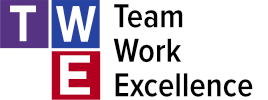


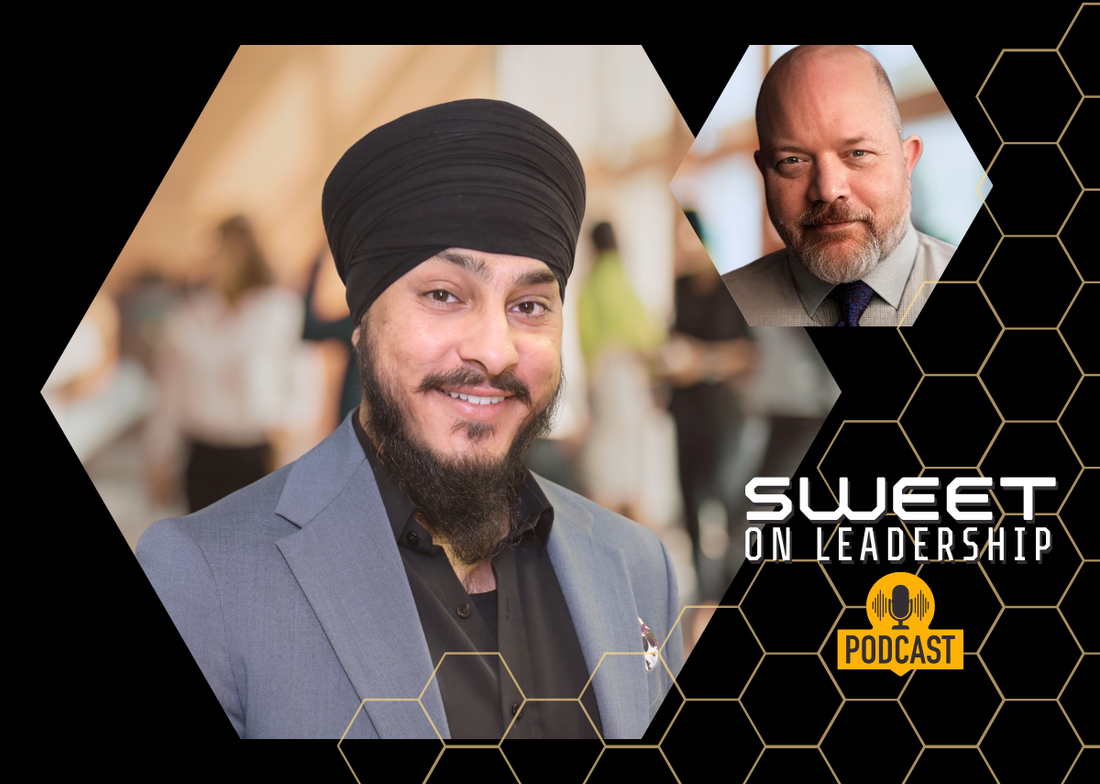
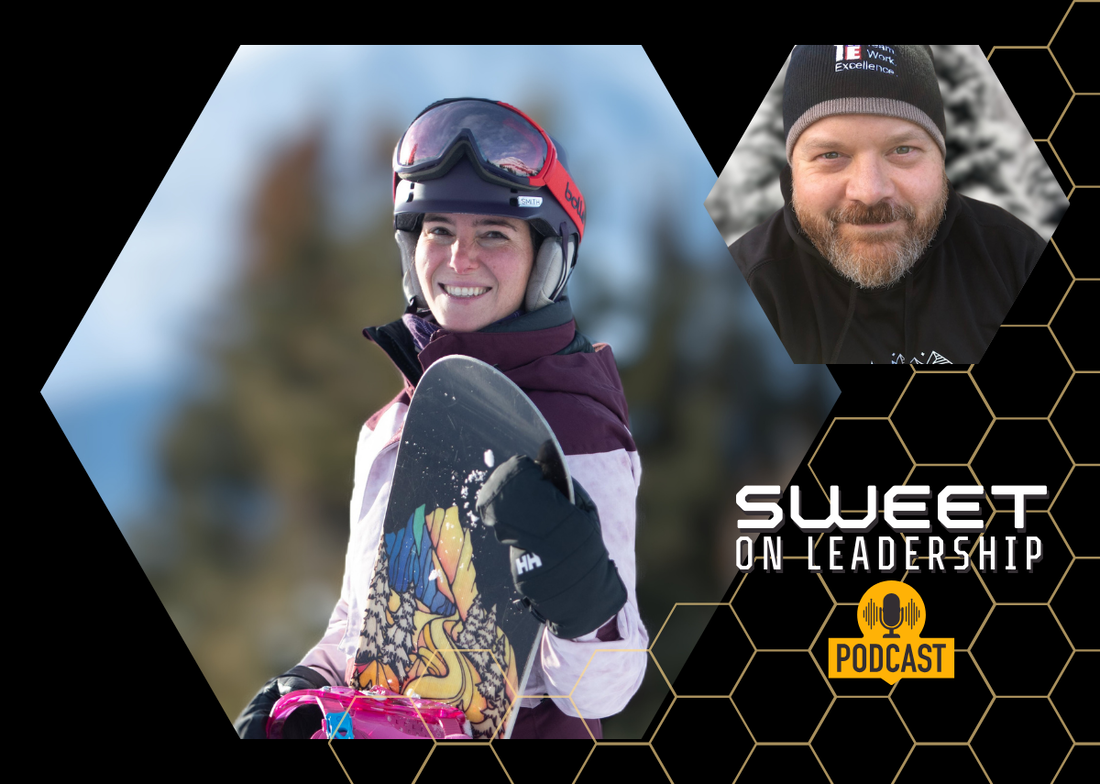
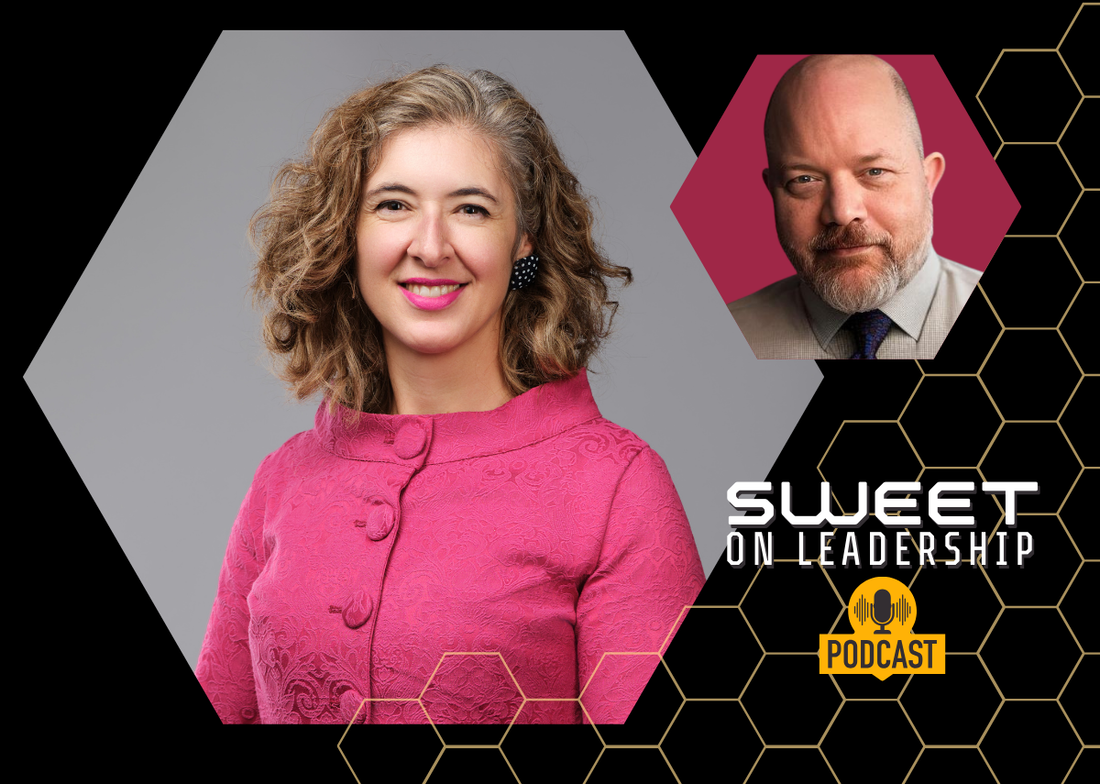
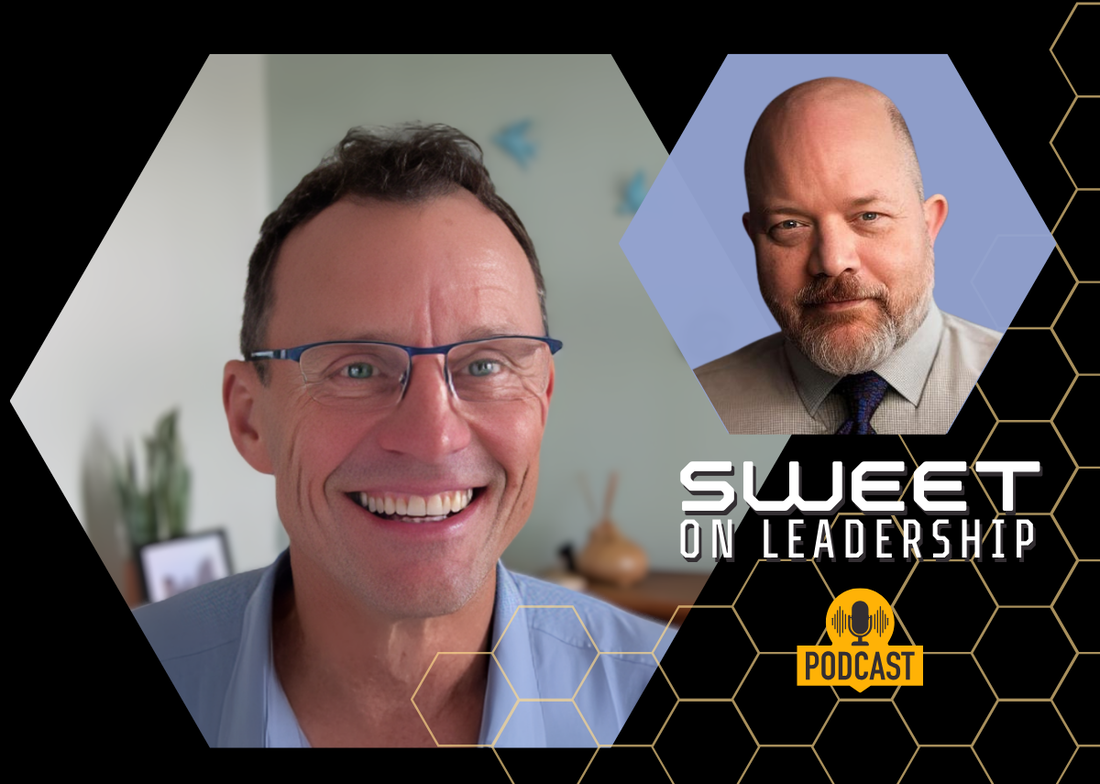
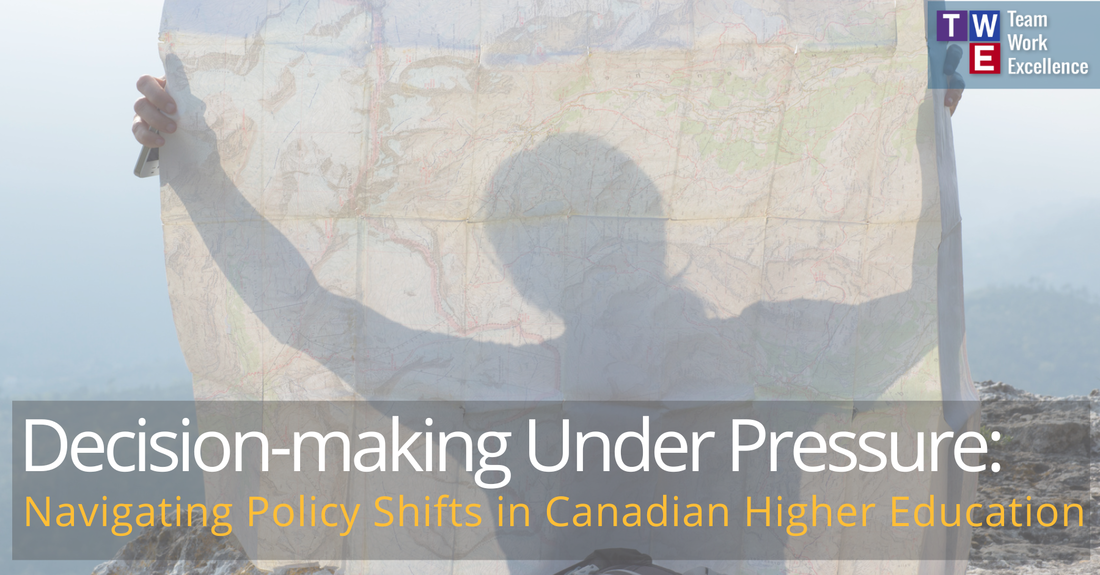
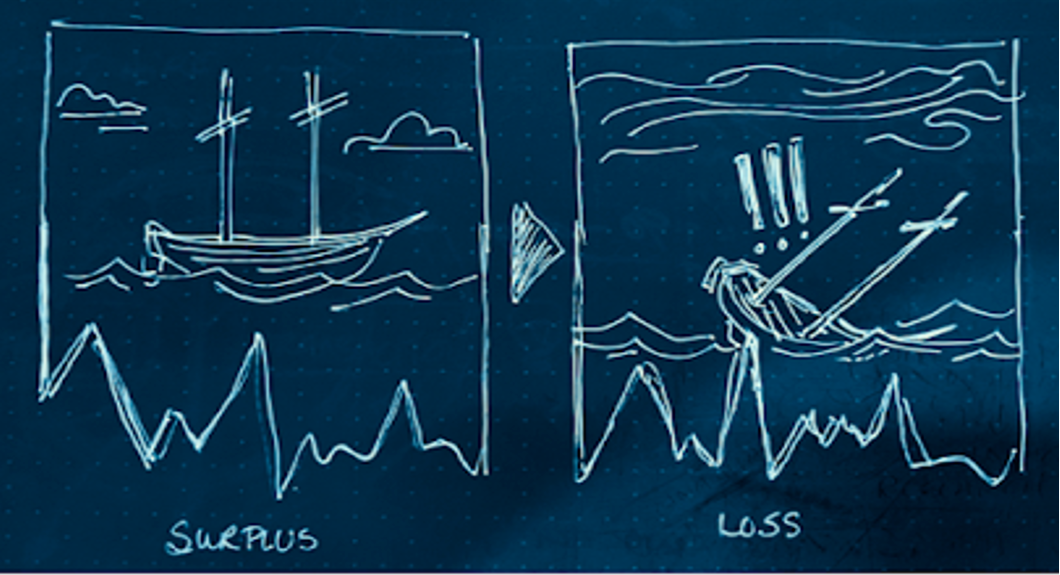
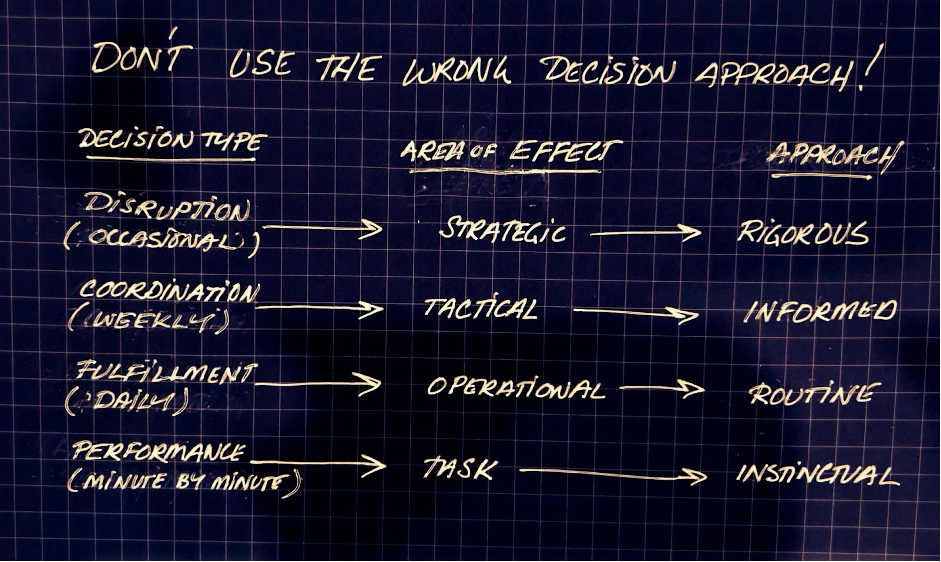
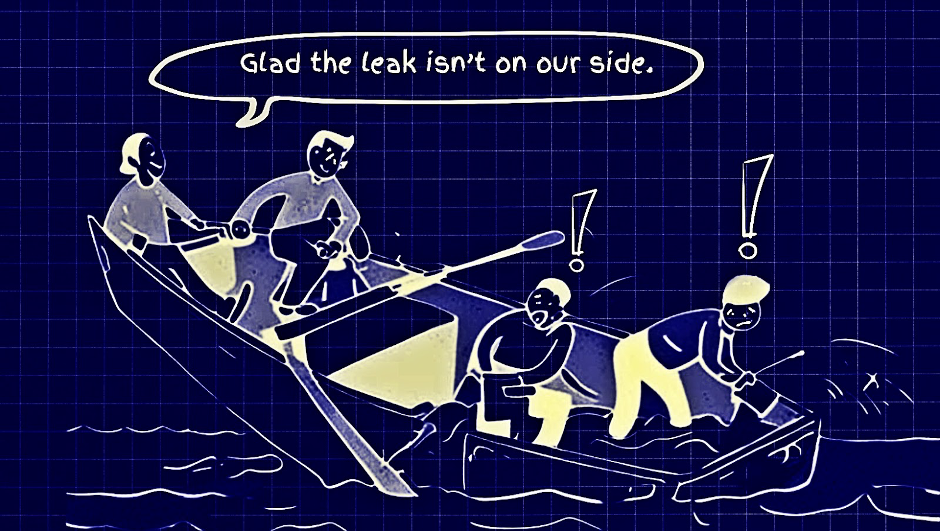

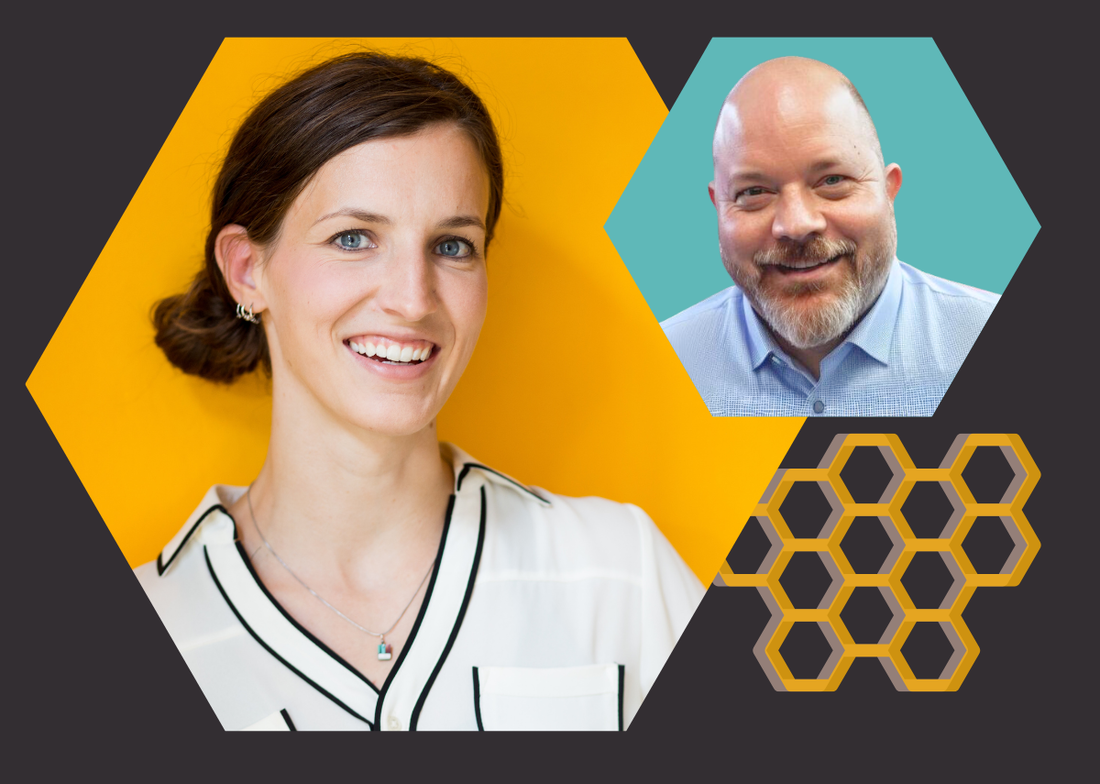
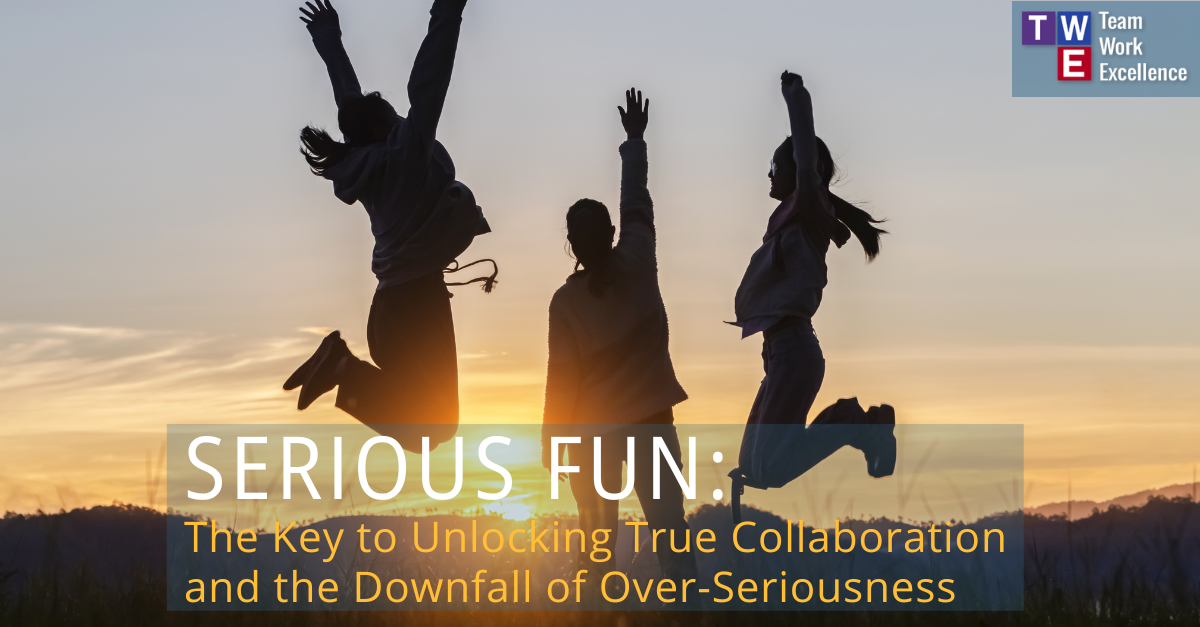


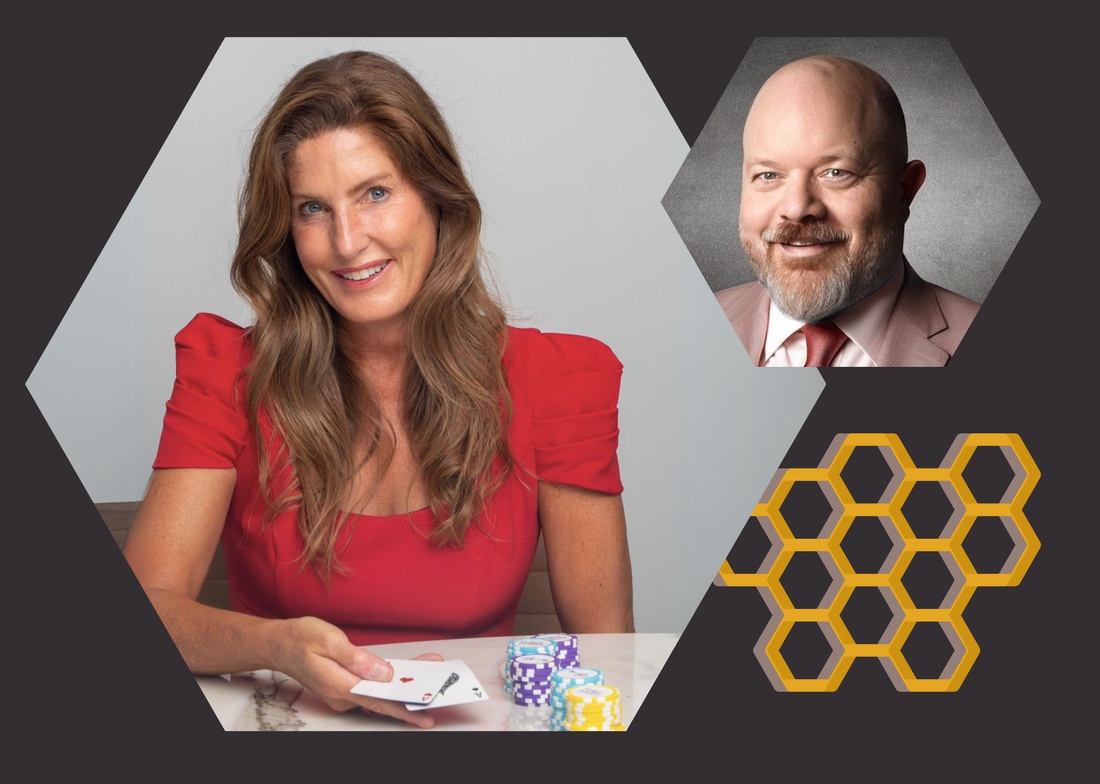

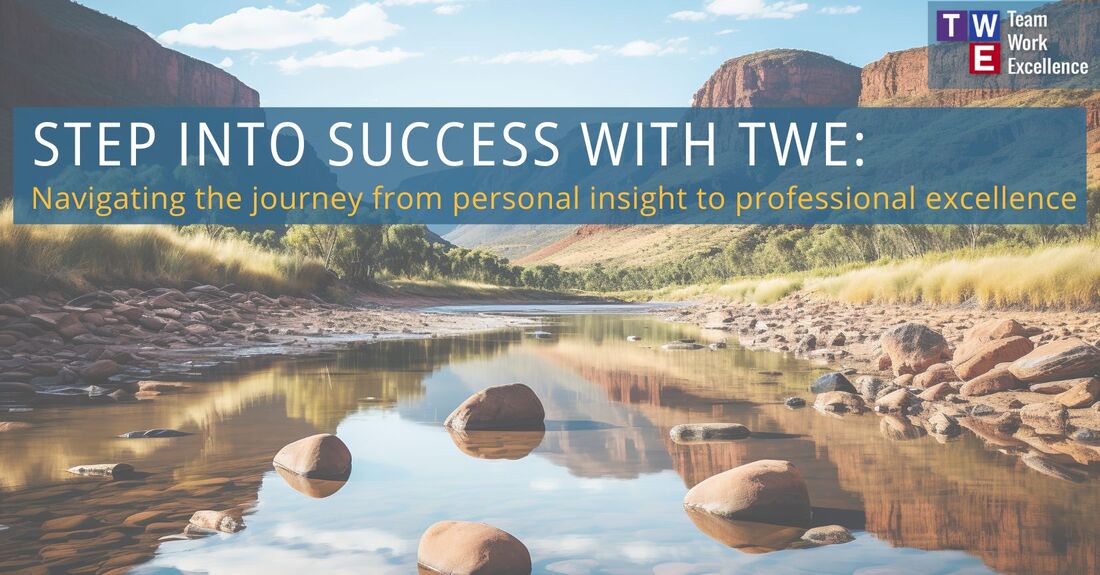




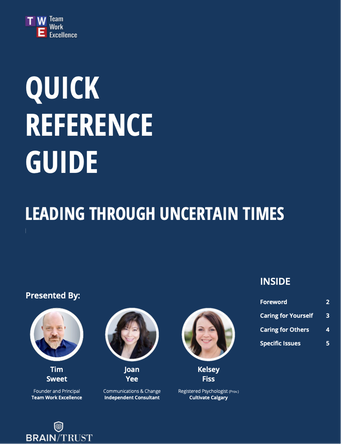
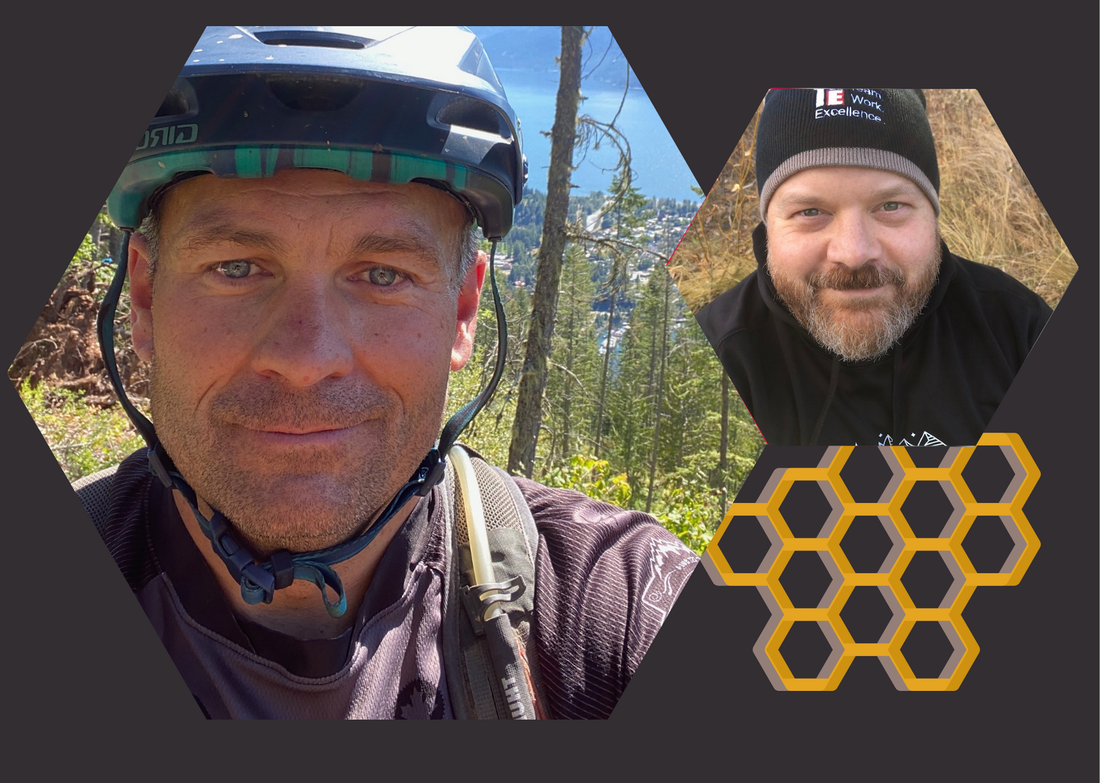
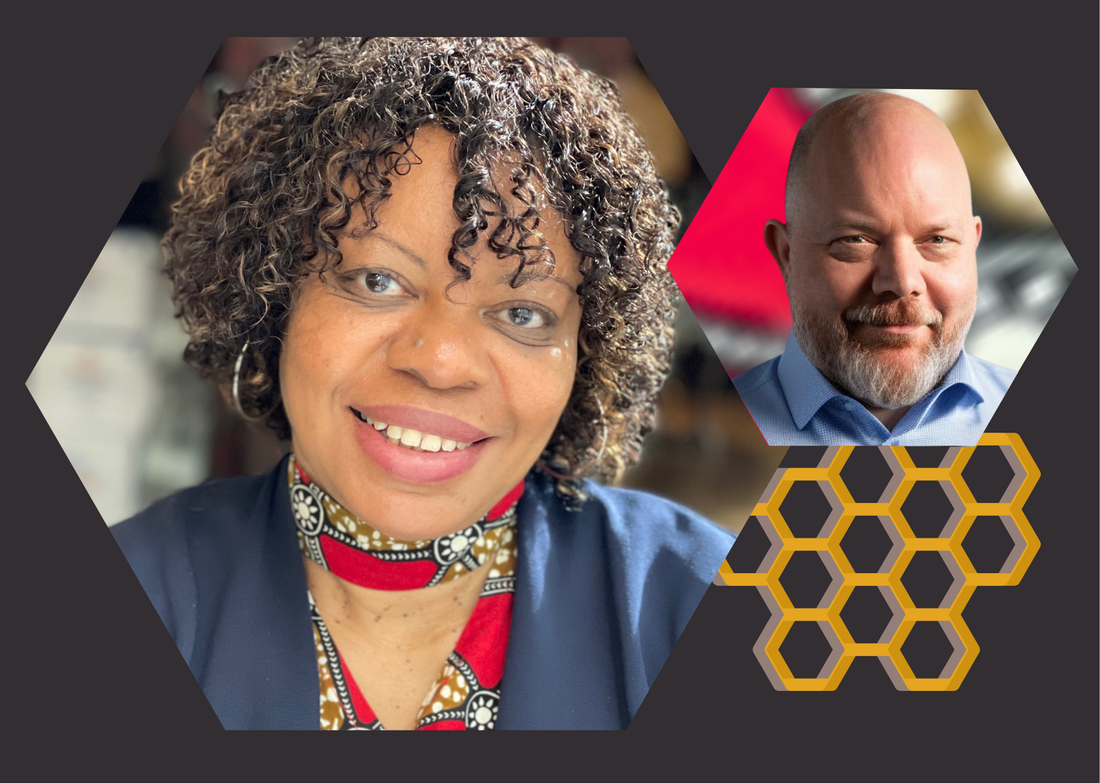
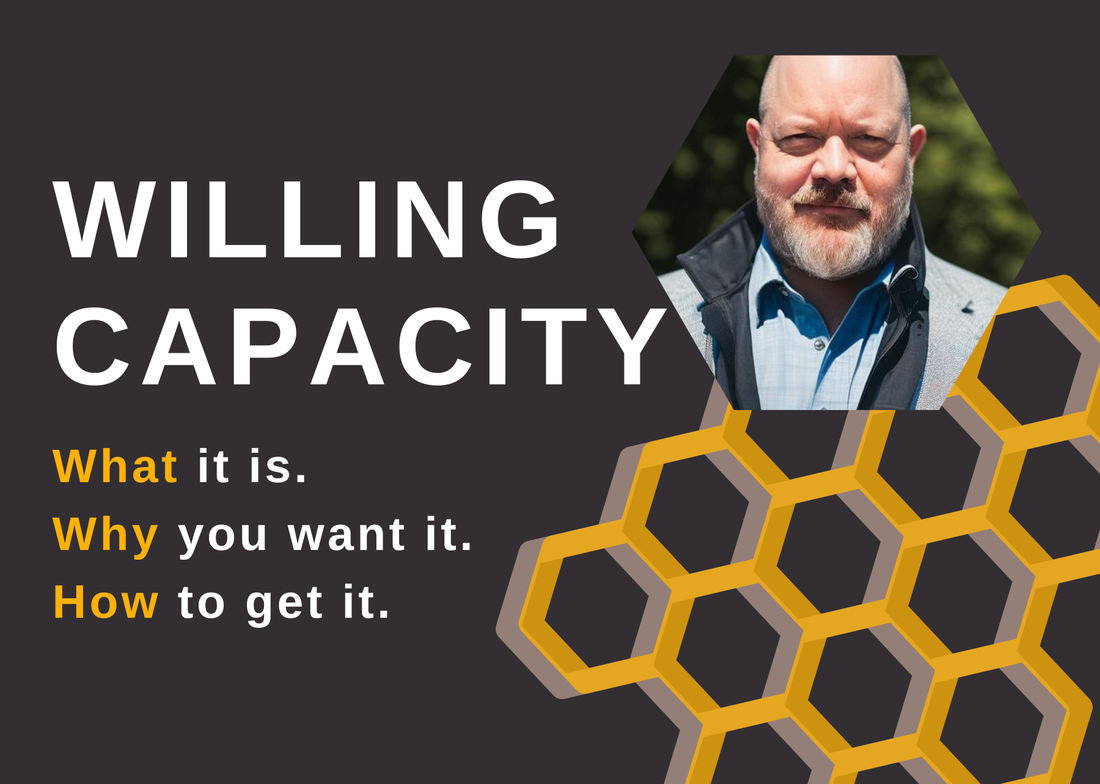
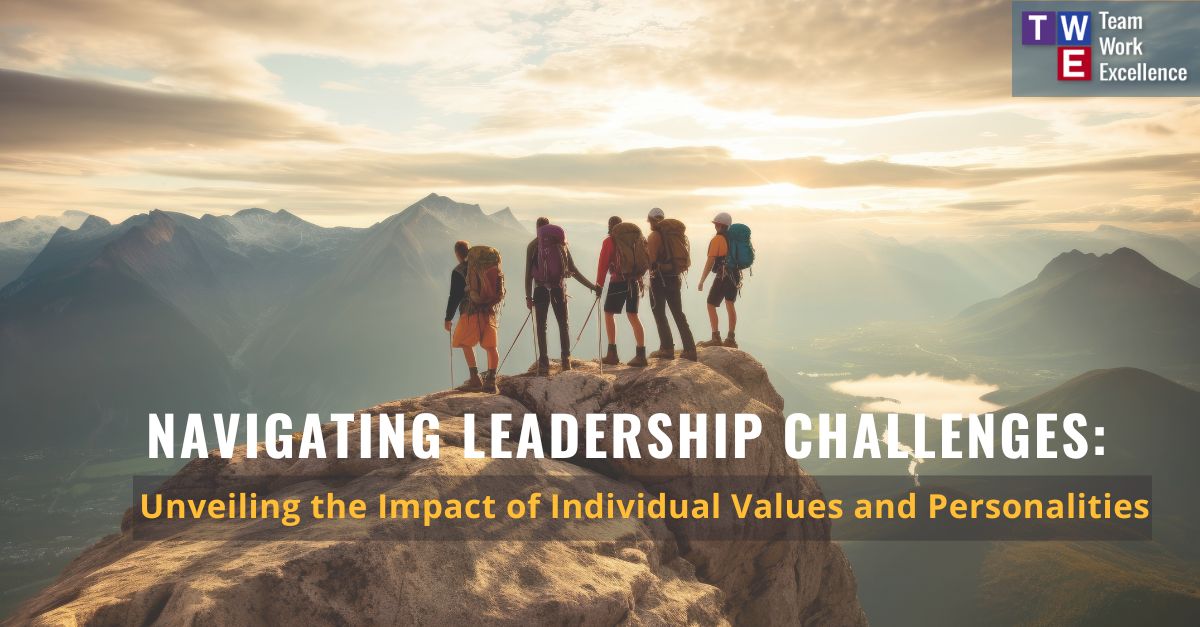

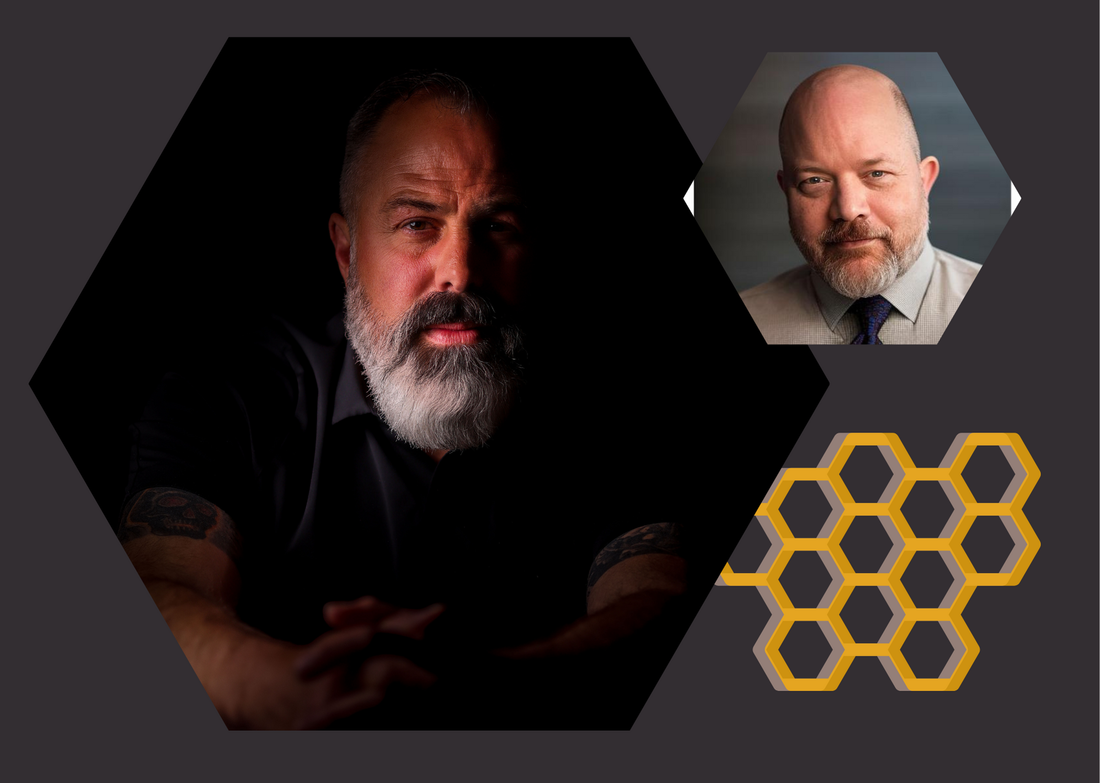

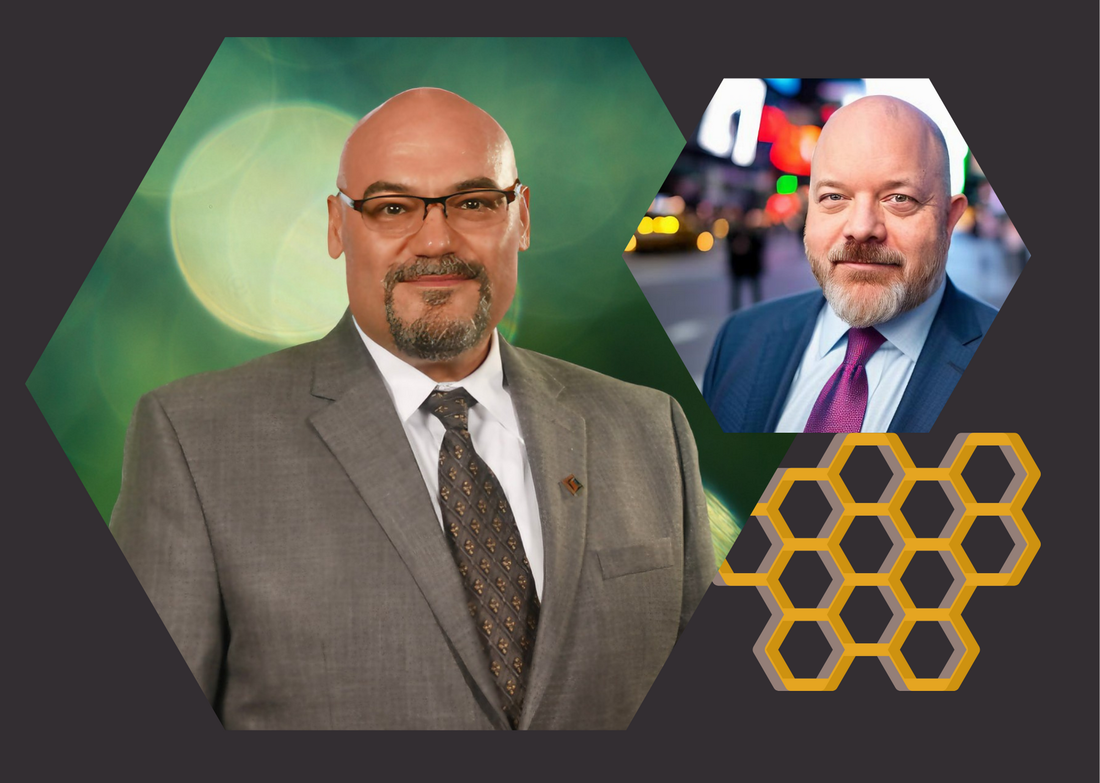
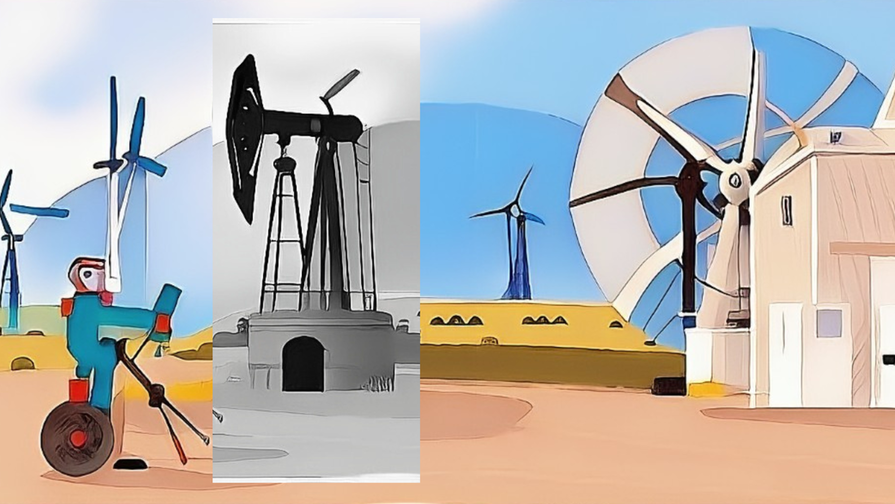
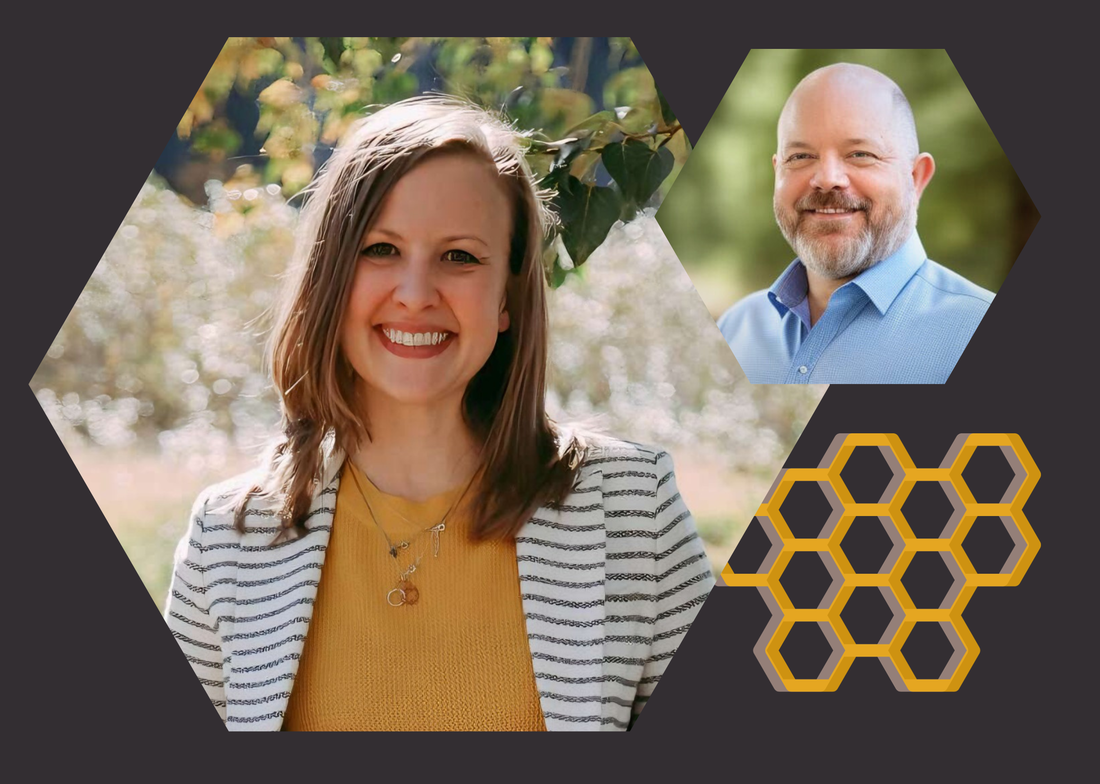
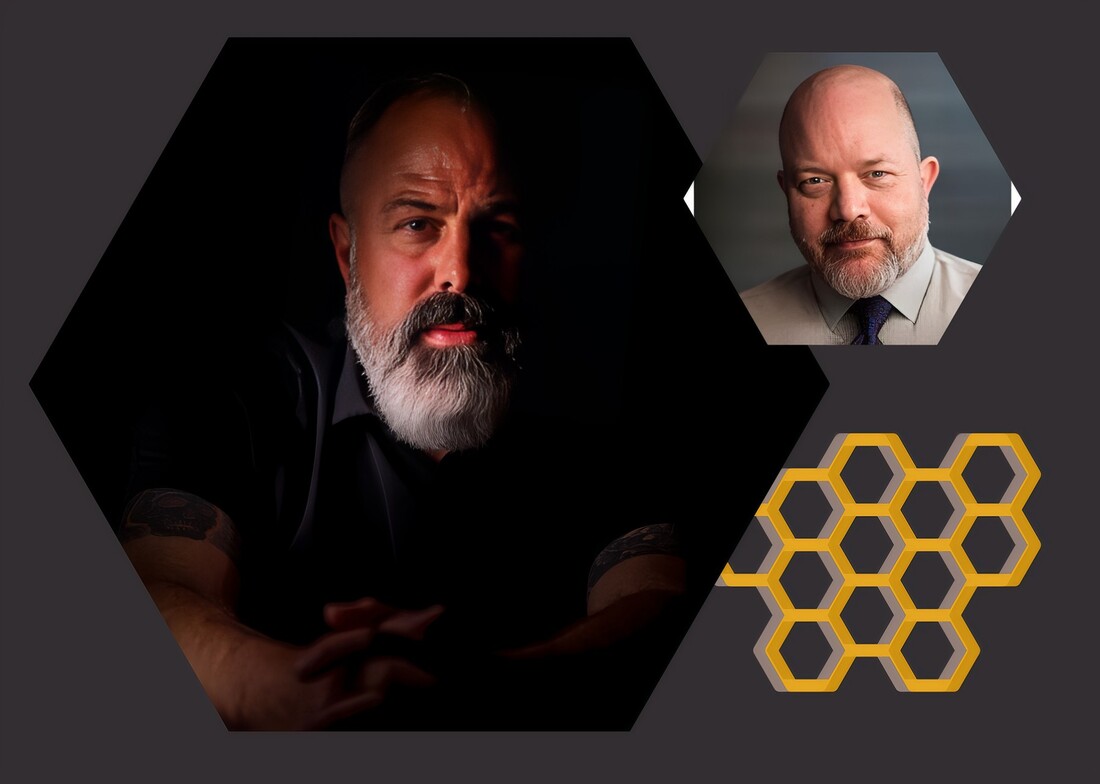
 RSS Feed
RSS Feed
